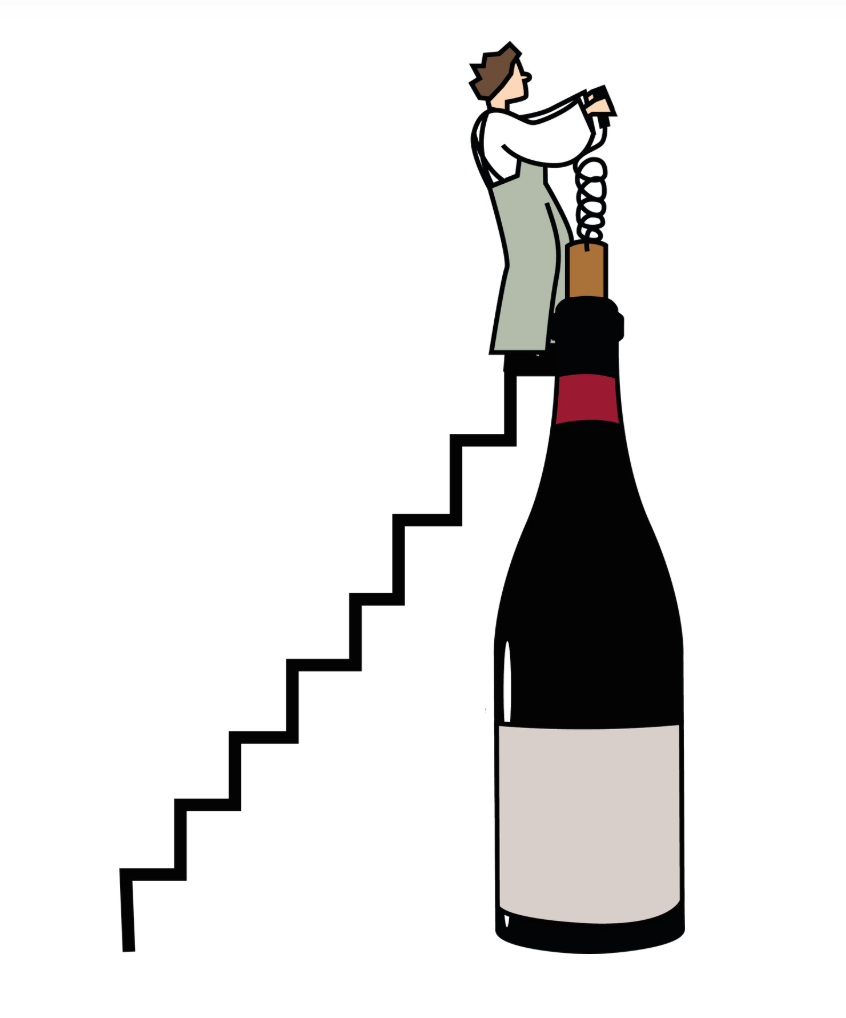Discover the selection of the first Maître Caviste of Côte d’Or - Contact our Team at +33 3 80 30 45 01
Menu

